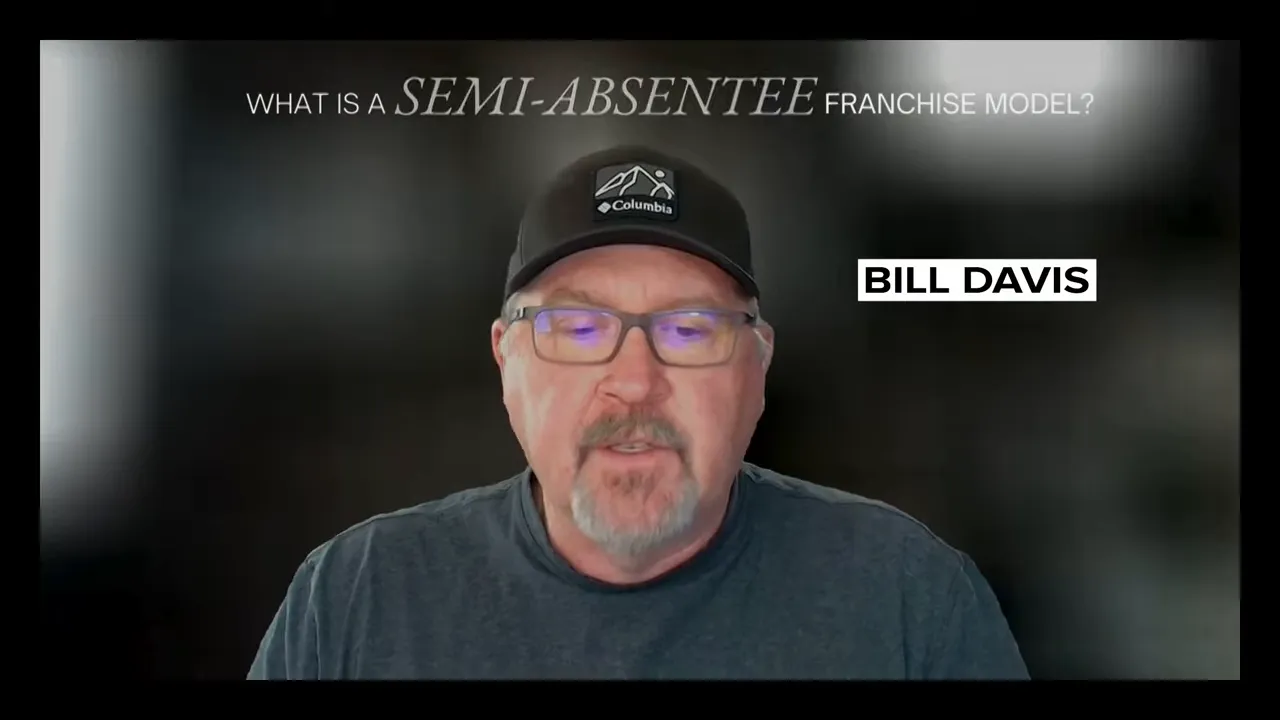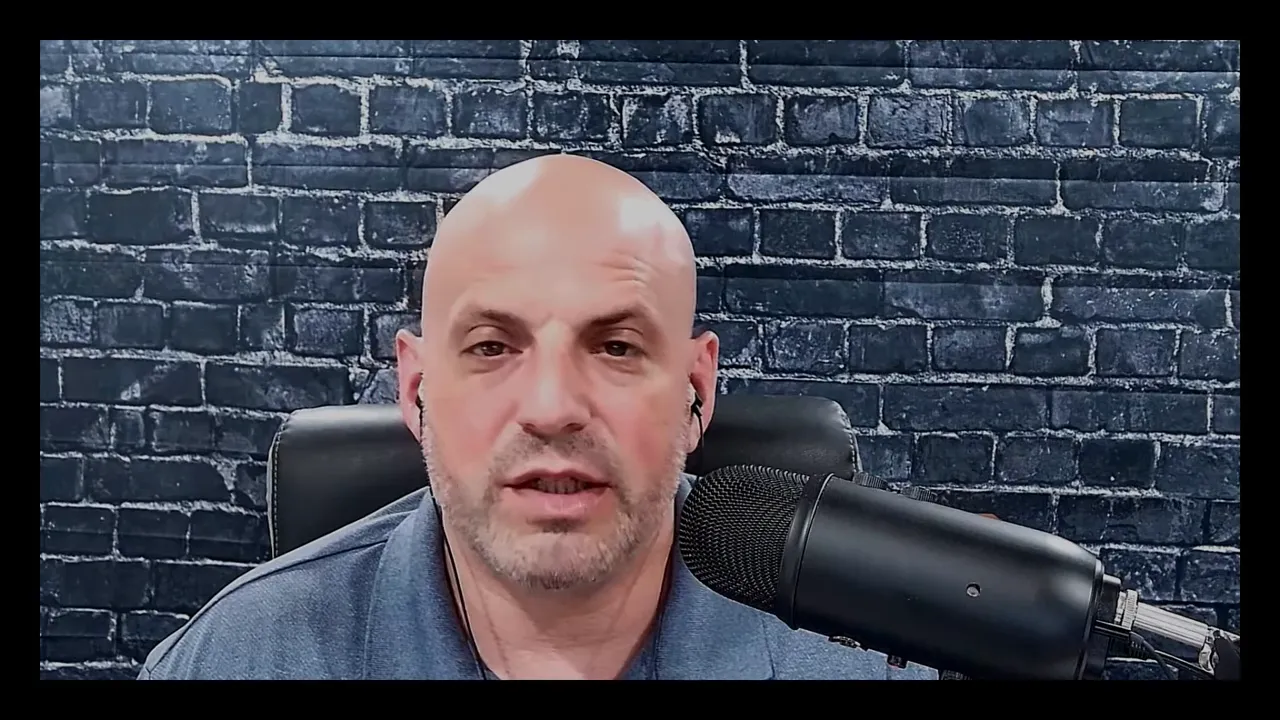Business Ownership Coach | Investor Financing Podcast — I’m Beau Eckstein, and in this article I break down what a semi-absentee franchise model really means, how to know if it’s right for you, and the practical steps to find an SBA-approved, semi-absentee franchise. If you watched my original video, you heard me say the same thing: semi-absentee can be powerful, but it’s not the get-rich-passive-lifestyle overnight pitch it’s sometimes made out to be. Throughout this post I’ll share the questions you must ask, the pitfalls to avoid, and the exact process I use with clients when we search for the right franchise opportunity.
Outline
- Introduction: definition and mindset
- What a semi-absentee franchise model actually is
- Real expectations — why it’s rarely immediately passive
- How to transition from owner-operator to semi-absentee
- Finding passive, SBA-eligible franchise opportunities
- Due diligence: FDD, validation calls, CPA and attorney advice
- Tax strategies, real examples, and alternatives
- Conclusion and next steps

Photo by Priscilla Du Preez 🇨🇦 on Unsplash
What is a semi-absentee franchise model?
When people ask me “what is a semi-absentee franchise model?” I answer plainly: it’s a franchise you can run without being the day-to-day owner-operator. You’re not the one sweeping floors, painting houses, or directly completing client work. Instead, you orchestrate the business — you hire the right general manager, set systems in place, and oversee operations from a higher level.
That said, semi-absentee doesn’t mean zero involvement. It means you don’t have to be physically present for every operational moment. You still own the responsibility for hiring, training, and setting up processes so those in the business can operate without you on a daily basis.

Why semi-absentee isn’t always passive: set realistic expectations
I tell every prospective owner the same thing: semi-absentee can absolutely become more passive — but typically not from day one. There’s an initial phase that requires elbow grease. You’ll need to hire the right people, build or validate systems, and do the heavy lifting of establishing the business. If you’ve never hired before, this can be a steep learning curve.
Think of it this way: buying a rental property and hiring a property manager is different from buying a moving business and hiring a general manager. One is relatively hands-off once set up, the other is a living operation with payroll, customer service, and workflows that evolve.
How long does it take to be truly semi-absentee?
There is no universal answer. In many cases, if you invest the time and capital up front — or can hire someone strong immediately — you can be semi-absentee within a few months. In other cases, it may take a year or more to hit steady state. The key drivers are:
- The business type and complexity
- The quality of systems and training provided by the franchisor
- Your ability to recruit, hire, and retain a competent general manager
- Local market conditions and seasonality
Don’t expect to walk in on day one and be fully hands-off unless you’ve already secured a high-performing operator and a proven local team. My advice: plan for 3–12 months of active involvement in most cases.

Finding a passive franchise opportunity that qualifies for SBA loans
One of the most common follow-up questions I get is: how do I find a passive franchise opportunity that qualifies for SBA financing? My process is methodical:
- We start with a business assessment to understand your capital, time availability, and market preferences.
- We create a thesis — the sectors and business models that fit your goals.
- We shortlist 7–10 potential franchise models that match your criteria and SBA lending requirements.
- We encourage you to have 3–4 validation calls with existing franchisees per model to understand real-world experiences.
This process helps reveal ramp-up timelines, actual working capital needs, and whether a franchise is realistically semi-absentee in your market. The SBA has rules about owner involvement for certain loan programs, so you must structure the operation and ownership appropriately.
Due diligence: the FDD, validation calls, CPA and franchise attorney
Due diligence is where many buyers fail because they rush. Key items to focus on:
- Item 7 of the FDD — it gives a low-to-high investment range. Beware that many FDD estimates only build in a few weeks or months of working capital, not a full 12–14 month ramp for some brands.
- Validation calls — always speak to franchisees who run the business as you intend to run it (e.g., semi-absentee). Talk to those who’ve been in business for two-plus years and those who are early in their first year to get the range of experiences.
- Hire a CPA — to advise on entity structure, tax implications, and how the franchise might offset your existing income.
- Engage a franchise attorney — have the agreement reviewed. Yes it costs money, but wouldn’t you rather know if the agreement contains unfavorable clauses or if terms are negotiable?
If you’re working with an emerging franchise (few corporate locations and early franchisees), you may have more negotiating power. For mature systems, there’s less flexibility. Either way, do the homework before wiring a franchise fee or signing a multi-year agreement.
Real examples, tax strategies, and when semi-absentee makes sense
Let me give a practical example: I spoke to a gentleman who already earns a substantial income in his day job and wanted a semi-absentee franchise. My immediate reaction was: get a great CPA. A semi-absentee franchise that generates consistent cash flow can provide tax benefits and deductions that may offset other taxable income. For someone paying a high marginal tax rate, this can be a meaningful strategy.
But numbers matter. If a franchise’s FDD projects a 3–4 month working capital need, and the business takes 12–14 months to hit steady cash flow, you’ve got a gap. This is why our assessments model the worst-case ramp and stress-test working capital requirements before recommending a path forward.
And remember: sometimes the right decision is to choose a truly passive investment instead. Vending machines, for example, can be run with very low weekly time commitment (one hour per week in some cases). If your priority is near-zero involvement, a semi-absentee franchise may still be too “moving” of a business.
How I work with clients: structured, practical, and honest
When clients work with me through the Business Ownership Coach | Investor Financing Podcast framework, we don’t rush. We build a plan, assess markets, and make sure you validate every assumption. My goal isn’t to push a deal — it’s to help you find an opportunity that fits your goals, timeline, and tolerance for involvement.
That means: plenty of validation calls, realistic ramp projections, CPA and attorney reviews, and a clear understanding of the trade-offs between increased cash flow and increased time commitment compared to passive investments.

Alternatives: when to choose true passivity
If your primary goal is minimal time commitment, consider truly passive models. Vending, passive rental investments with a trusted property manager, or other licensing opportunities can deliver income with much less owner involvement. Semi-absentee franchises sit between full owner-operator roles and fully passive investments — and the extra cash flow potential is often worth the additional time investment for many owners.
Conclusion and next steps
To summarize: a semi-absentee franchise model can be a fantastic way to own an operating business while not being trapped in daily operations. However, it requires realistic expectations, strong hiring, and proper due diligence. If you want to explore options that qualify for SBA financing or want a candid assessment of whether semi-absentee is right for you, start with an assessment and validation calls. Work with a CPA and a franchise attorney. Model your working capital for a conservative ramp-up, and only sign when you understand the full picture.
If you’re ready to take the next step, I encourage you to schedule a call through my site — I’ll help you evaluate potential franchises and structure a plan that aligns with your goals. As a reminder, my work and my content are published under the banner of Business Ownership Coach | Investor Financing Podcast, and I help entrepreneurs navigate the purchase, funding, and scaling of franchise and small business investments.
Want help building a semi-absentee plan or seeing if your market supports SBA financing for your chosen brand? Book a conversation with me and let’s build a thoughtful approach together.



